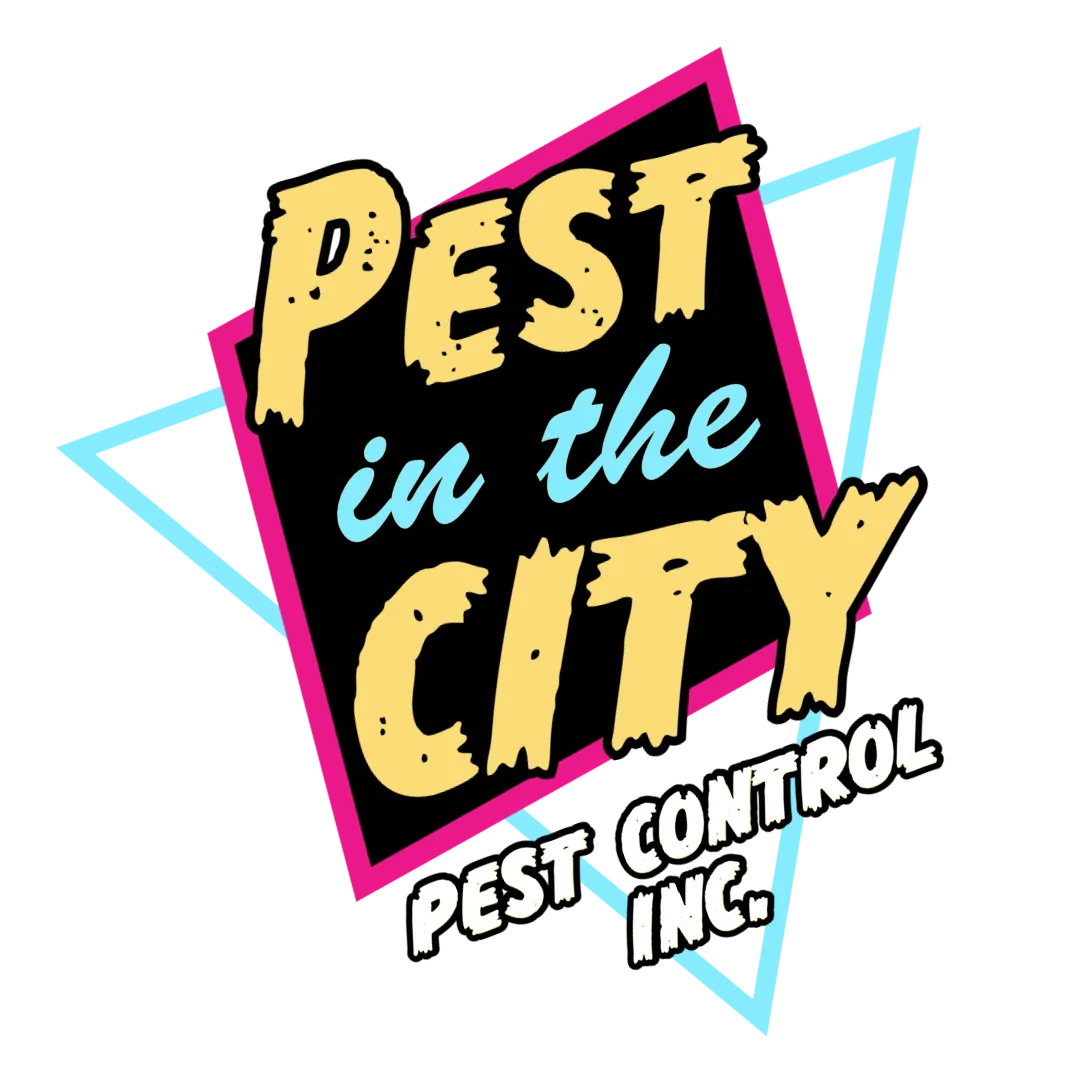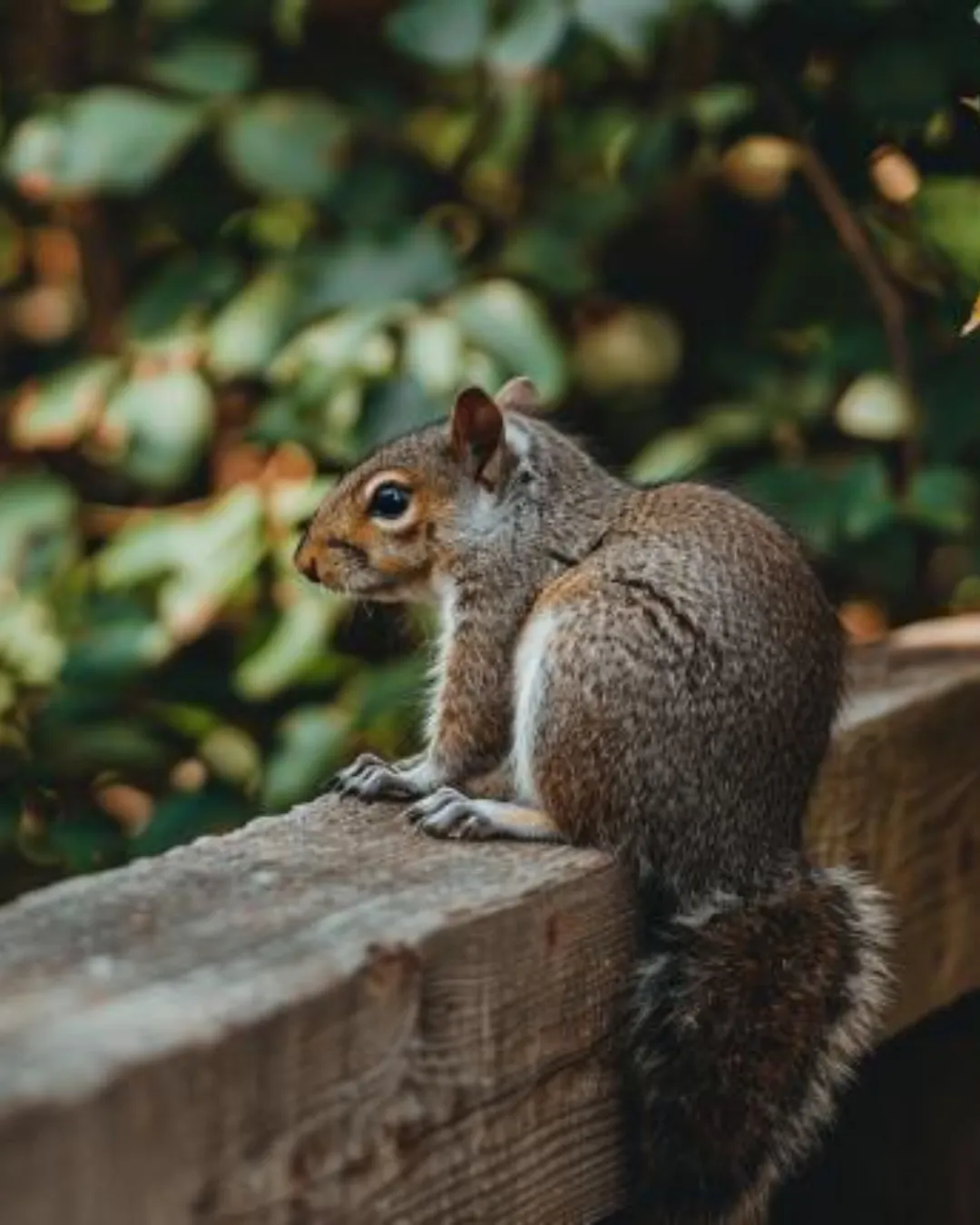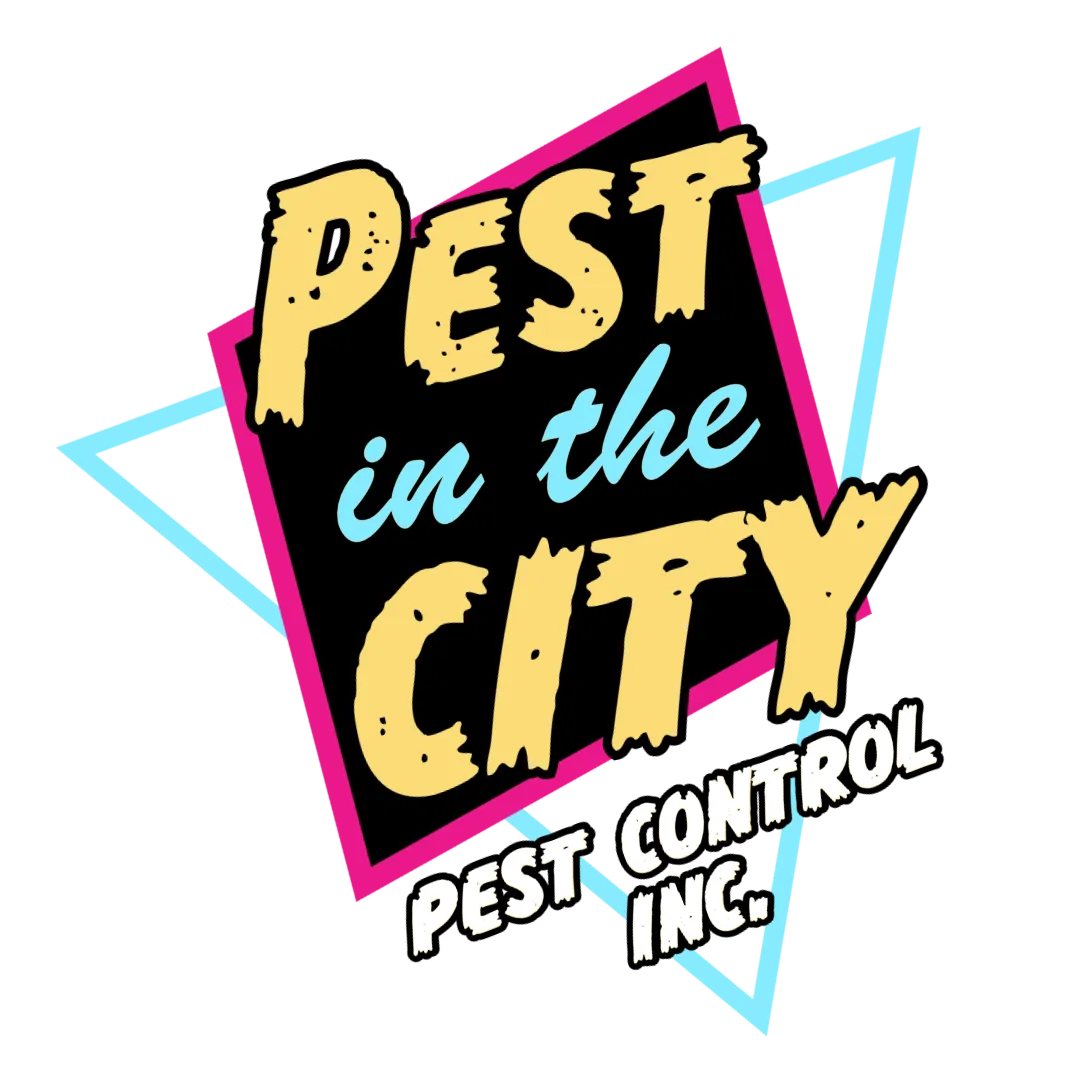
The Victoria Pest Journal
Pest In The City Victoria Pest Control Journal

Dealing with Summer Wildlife: Safe and Humane Practices
Understanding Wildlife Behavior
Summer months often lead to increased wildlife activity as many animals are in the midst of rearing young. This can result in more frequent sightings and interactions. Understanding the behavior of local wildlife is the first step in preventing unwanted encounters. For example, raccoons are known for their dexterous paws and intelligence, often leading them to explore trash bins and other unsecured food sources.
Ethical Wildlife Control Strategies
Our approach to wildlife control centers on humane and ethical methods that respect the well-being of the animals while protecting your home:
• Exclusion Techniques: The best way to manage wildlife is to prevent it from entering your property in the first place. We use exclusion methods such as sealing entry points and installing barriers to keep animals out without harming them.
• Habitat Modification: Altering the environment around your home can significantly reduce wildlife encounters. This includes securing trash bins, removing food sources, and trimming back trees or shrubs that provide access to structures.
• Live Trapping and Relocation: In cases where exclusion and habitat modification are not enough, we employ live trapping techniques. Trapped animals are relocated to suitable habitats far from urban areas, in accordance with local wildlife laws.
Common Wildlife Issues and Solutions
Dealing with wildlife intrusions can be challenging, but understanding the specific issues associated with different types of animals and knowing the right solutions can make a big difference. Here are some common wildlife problems and effective strategies to handle them:
Squirrels in the Attic
Problem: Squirrels are notorious for finding their way into attics through small openings. Once inside, they can cause significant damage by chewing on wires, wood, and insulation.
Solution: To deter squirrels, seal all potential entry points along the roofline and eaves after ensuring no animals are trapped inside. Use metal flashing around entry points as squirrels can chew through wood and even some plastics. Consider installing a one-way exclusion door during the sealing process to allow any squirrels inside to exit without re-entry.
Deer in the Garden
Problem: Deer are attracted to residential gardens, where they can devour flowers, bushes, and vegetables.
Solution: Installing high fences that are difficult for deer to jump over (at least 8 feet tall) is an effective deterrent. Alternatively, using deer-resistant plants can discourage them from grazing in your garden. Plants such as lavender, marigolds, and garlic are not favored by deer and can help keep them at bay.
Raccoons in Garbage Bins
Problem: Raccoons are adept at accessing garbage bins, leading to litter and potential encounters with pets or humans.
Solution: Secure your garbage bins with raccoon-proof lids or straps, and keep them in a locked shed or garage until the morning of pickup. Additionally, consider using ammonia-soaked rags near or around your bins as a repellent; raccoons dislike the smell of ammonia.
Moles in the Yard
Problem: Moles can disrupt lawns and gardens by creating extensive networks of tunnels and mounds.
Solution: To manage moles, use natural repellents such as castor oil, which can be applied to the soil to disrupt their digging activity. Physical barriers, like underground fences, can also prevent them from entering certain areas of your garden.
Bats in Belfries
Problem: Bats often roost in attics or belfries and can be a concern due to guano accumulation, which poses health risks.
Solution: Bats are protected by law in many regions, so it’s important to consult with wildlife professionals before taking action. Sealing entry points and using one-way doors can exclude bats safely without harm.
Geese on Property
Problem: Geese can overtake lawns and ponds, leaving behind droppings that are not only unsightly but can also be hazardous.
Solution: Techniques such as using goose repellent grass treatments, installing decoys like swan figures (since swans are territorial and can deter geese), or applying tactile repellents on lawns to make the habitat less appealing can reduce goose presence effectively.
Health Risks Associated with Wildlife
Close encounters with wildlife can pose various health risks to humans and pets. Understanding these risks and implementing proper pest management strategies is crucial for maintaining a safe environment.
Rabies
Risk: Rabies is a deadly virus that can be transmitted through the bite or scratch of an infected animal, commonly bats, raccoons, skunks, and foxes.
Management: To minimize the risk of rabies, ensure your pets are vaccinated and avoid leaving food or pet food outdoors, which can attract potentially infected wildlife. If you suspect the presence of rabid animals, contact local animal control or wildlife professionals immediately.
Tick-Borne Diseases
Risk: Ticks can carry diseases like Lyme disease, Rocky Mountain spotted fever, and others. Wildlife such as deer and rodents are common carriers of ticks, which can transfer to humans and pets in close proximity.
Management: Managing wildlife and reducing their populations near your home can decrease the number of ticks in the area. Employ strategies such as trimming tall grasses, using tick repellents, and performing regular tick checks on pets and family members after spending time outdoors.
Hantavirus
Risk: Certain rodents, particularly deer mice, carry hantavirus, which can be transmitted to humans through contact with rodent droppings, urine, or saliva.
Management: Seal entry points to prevent rodents from entering the home, clean up any existing rodent droppings using proper safety measures (such as wearing gloves and masks), and ensure food sources are secure to avoid attracting rodents.
Leptospirosis
Risk: This bacterial disease can be spread by wildlife, especially rodents, through their urine contaminating water or soil.
Management: Avoid water that could be contaminated by wildlife urine, especially where there is frequent wildlife activity. Implement proper waste management and water drainage systems to reduce standing water and mud where leptospirosis could thrive.
Salmonella
Risk: Reptiles, amphibians, and some birds can carry salmonella bacteria, which can be transmitted to humans through direct or indirect contact with these animals or their habitats.
Management: Wash hands thoroughly after handling animals, their cages, or anything in their environment. Keep wildlife habitats clean and ensure they are away from areas where food is prepared.
The Importance of Professional Assistance
Dealing with wildlife can be unpredictable and potentially dangerous. Professional pest control services are equipped with the knowledge and tools to handle wildlife safely. Our trained experts ensure that all wildlife is treated with respect and that interventions are made with the utmost consideration for animal welfare and legal compliance.
By choosing Pest in the City, you’re not only safeguarding your property but also contributing to the humane treatment of our local wildlife. Our commitment to ethical practices helps ensure a balance between human and animal needs, creating a safer environment for everyone this summer.

Schedule a Pest Inspection
Ready to schedule a pest inspection? Contact us today.

